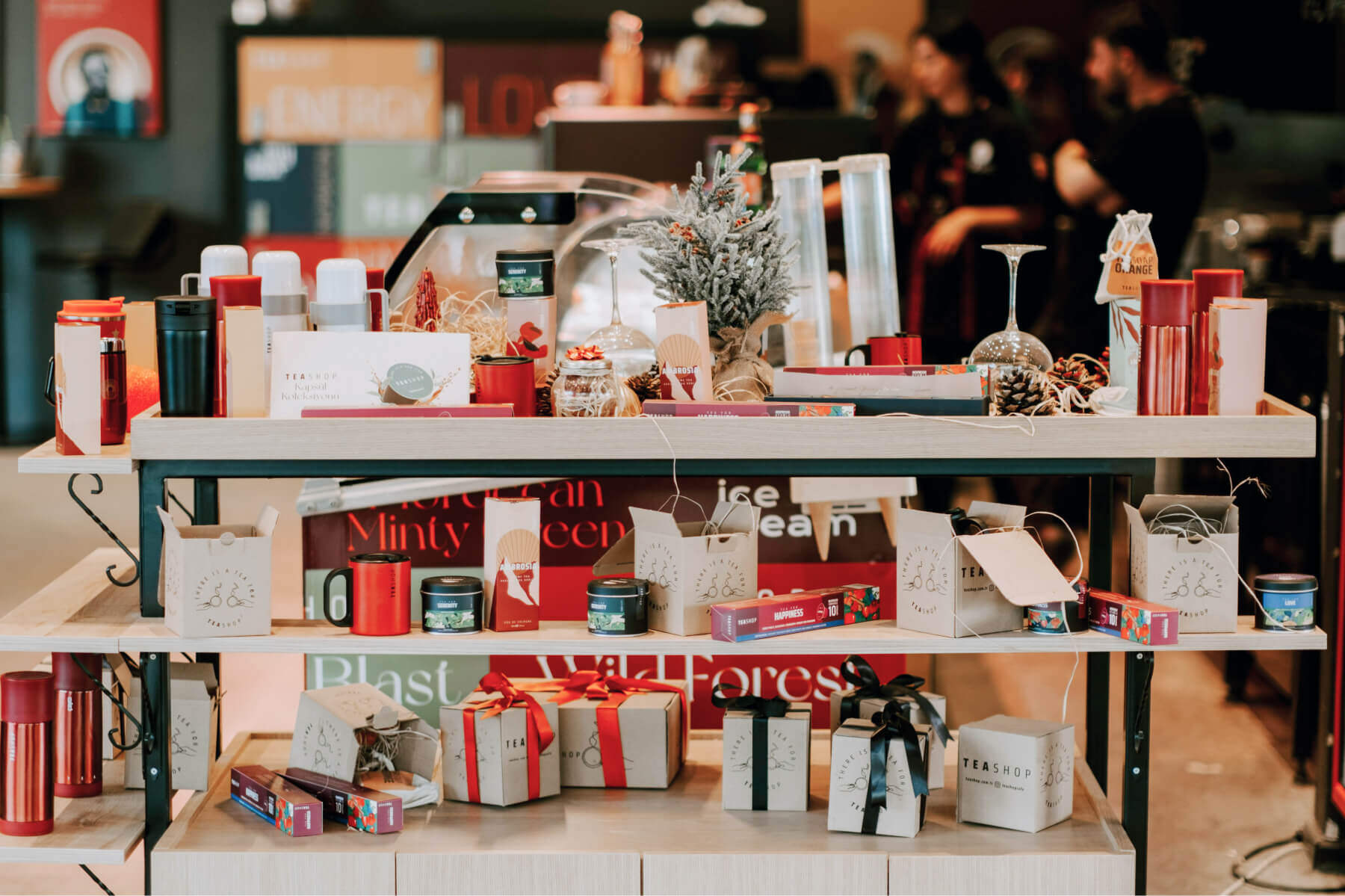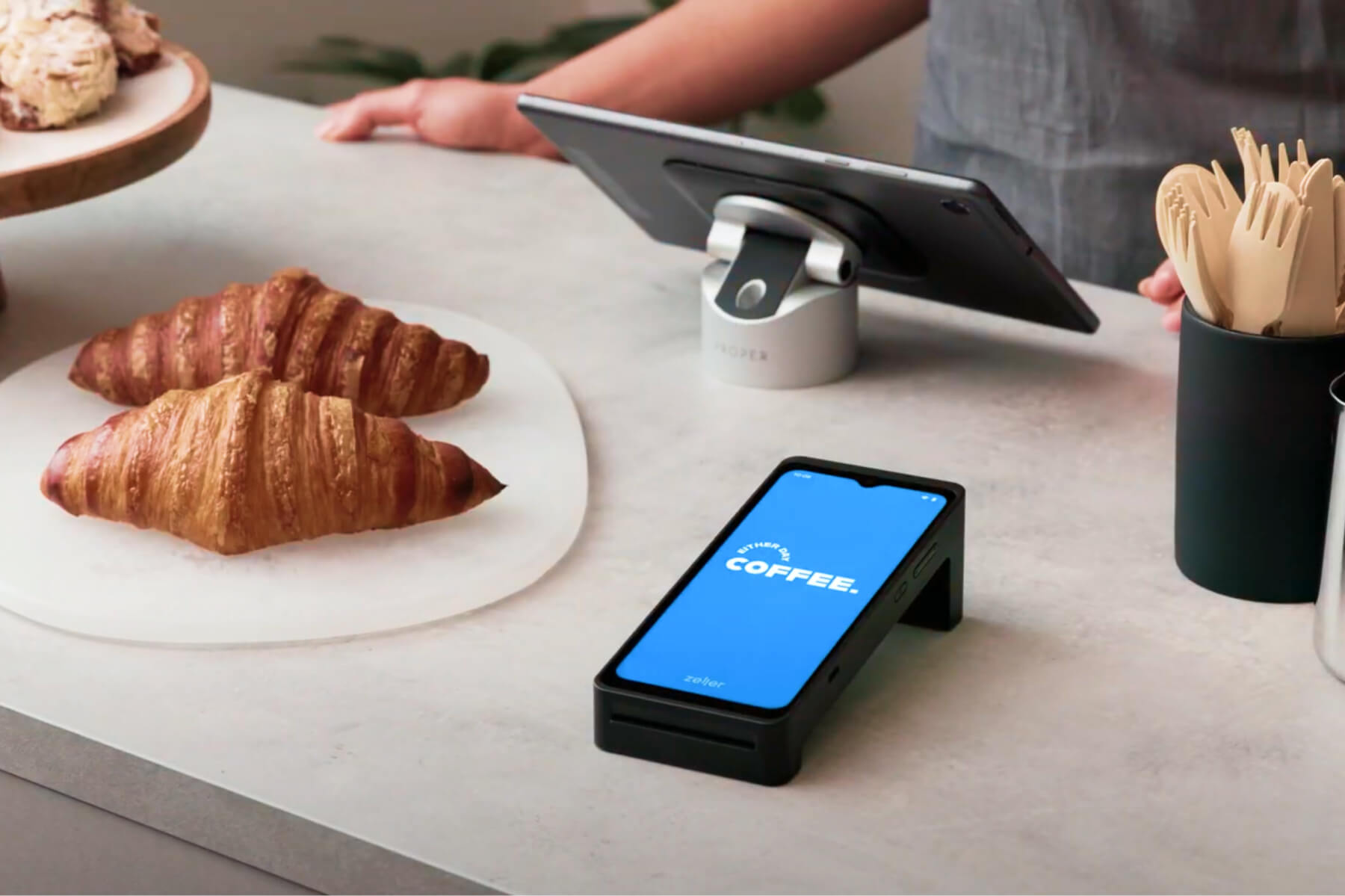Introducing Zeller for Startups.
Don’t waste time assembling disparate tools or waiting in line at a bank. Zeller for Startups is an all-in-one financial solution for founders, by founders.
8.10.2024

Your displays should speak directly to your target audience. Knowing what your customer values — affordability, luxury, or fun — will help you design engaging and relevant displays. Australian menswear designer, Christian Kimber is a great example of how small retail businesses can focus on their customer needs, “We sell confidence, we don't sell products," says Christian who has purposefully designed the layout of his stores to resemble a dressing room more than a shop. Customers are immediately put at ease and are made to feel comfortable trying on clothing for as long as they need – as if in their own bedroom.
Seasonal sales spikes for small retail businesses are frequently caused by timed product placements and themed in-store decor. Whether it's summer or winter, Mother's Day, or Valentine's Day, coordinating your store's displays to a holiday or event attracts customers and highlights merchandise. Creative, holiday-themed merchandising not only attracts shoppers but also enhances brand appeal.

Visual merchandising extends beyond what meets the eye. Sensory branding — sight, sound, touch, smell, and taste — creates a deeper, more engaging retail experience. For example, using scents that stir up memories and emotions, soothing music to relax customers, and lighting and colour schemes to direct attention to new arrivals and shapes to form familiarity with the store. These sensory triggers enhance the customer’s emotional connection to your brand and boost sales.
Displays should be safe, convey messaging, and be visually appealing. For example, a shoe store needs strong shelves that are both easy to reach and ensure the product won't fall off. Discount signage needs to be placed in prominent places that draw attention.
Well-stocked shelves not only create an inviting shopping atmosphere but also give the impression that the business is thriving, resulting in a boost of customer confidence and encouraging sales. Walking into a store with half-empty shelves, on the other hand, can signal disorganisation or lack of inventory. However, this doesn’t mean overstocking is the solution. Balancing full shelves with strategically placed discounts or offers can attract customers while reinforcing a strong, positive brand image. It also helps when products are at eye level or slightly above, making it easier for customers to interact with the items and increasing the likelihood of a sale.
Using interactive displays and keeping up with emerging trends is a great way to increase engagement. A boutique store, for instance, might offer monochromatic displays to mirror current design trends or use touchscreens to present online collections.
Testing various arrangements, lighting configurations, and product placements frequently is necessary for successful visual merchandising. Finding what works best for your particular audience and area is aided by an ongoing process.
Everything in your store should have a unified concept that represents your brand, from decor to documents, everything should maintain a consistent theme. This extends to even the smallest details, such as napkins, signage, and even the EFTPOS machine: anything that can leave a lasting impression on your customers.
Every interaction with your customer — whether digital or in person — is an opportunity to establish a brand presence, and payments are no exception. With Zeller, you can enhance visual merchandising best practices by ensuring that your brand identity is reflected across all interactions, from payment processing to receipts, and invoices.
Taking your visual merchandising guidelines to the checkout, Zeller Terminal enables you to add your brand with customisable screensavers and choose the perfect hardware colour to complement your retail store’s design and aesthetic. Take your visual merchandising best practices even further and discover how to boost your brand presence with Zeller in this article here.
